
How does a website remember you? (How cookies work)
One minute overview seriesFrom user accounts to shopping carts, websites use cookies to keep track of visitors in order to properly display content. We’ve all heard of cookies but what exactly are they? Good question.
A cookie is a small amount of data stored on a user’s computer and sent back with various requests. In short, it’s typically a user ID. Once a website understands who you are, it can deliver information relevant to you specifically—shopping carts, user dashboards, targeted ads, and much more.
Read More
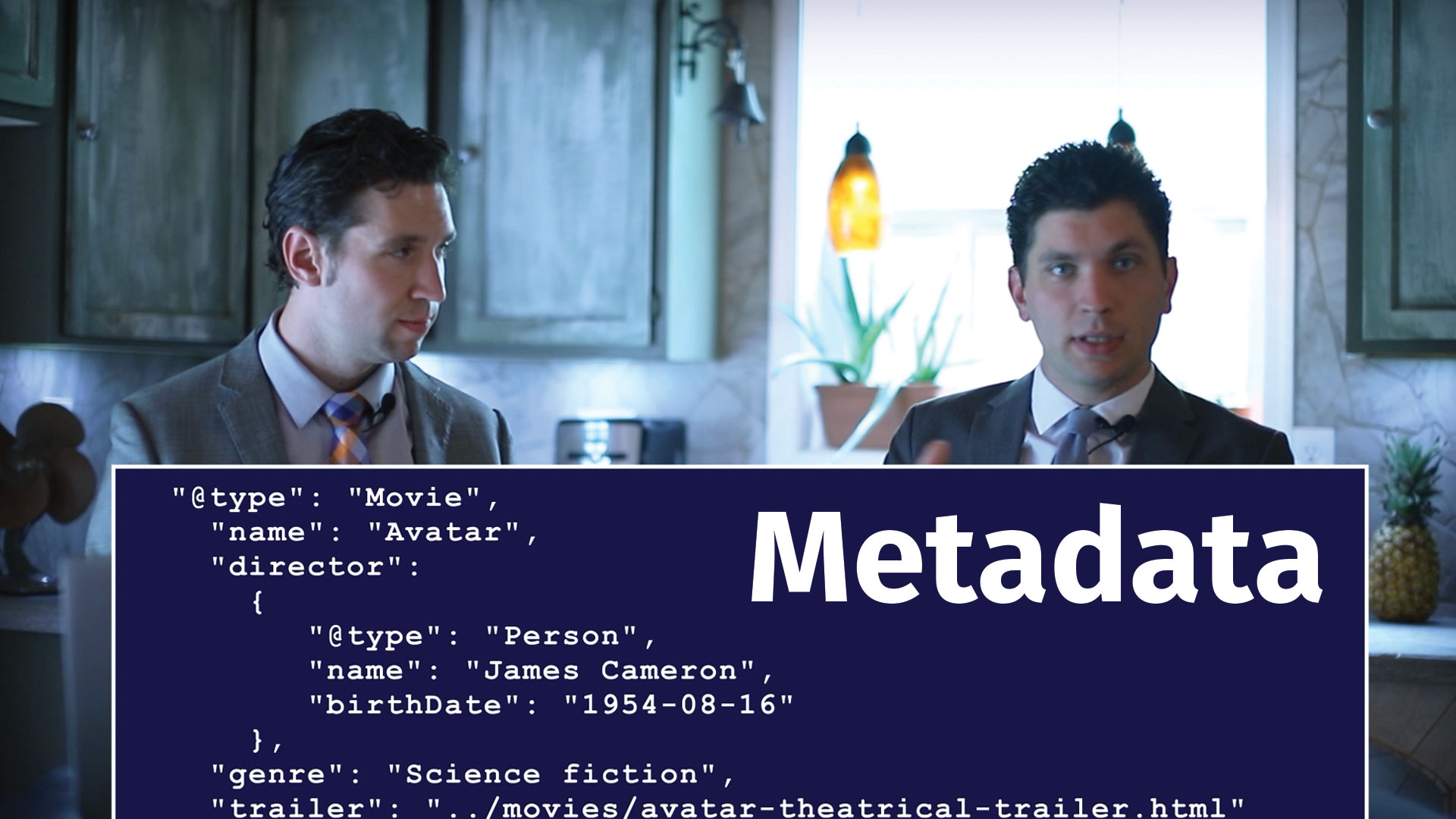
What is Structured Data? (Or Schema.org, metadata, and Open Graph)
A closer lookThe last time you played a song in your car and the title showed up on the radio screen, you saw metadata in action—information that is hidden behind the scenes to provide additional detail about a file or system. Websites have metadata to provide information about the company, content type, publishing date, and more.
Structured Data, commonly ‘Schema.org’ is a collaboration between Google, Yahoo!, Microsoft, and Yandex to provide a consistent format for websites. Using this clear format allows search engines to correctly categorize websites and interpret content.
Read More

Your printed documents have fingerprints - Machine Identification Code (MIC)
Security and PrivacyIn the 80's Xerox designed a way to hide information in plain sight as a way to combat counterfeiting. An ingenious, simple, and hidden code of small yellow dots called Printer Steganography were added to each printed document to include the date and time of printing and the serial number of the printer.
This yellow dot matrix is virtually imperceptible to the human eye, but can be easily captured and decoded with a scanner or camera. Since then, new variations have been used, including using various shades of grey within the printed matter to include data. Whatever you print with, there’s a very good chance there is some form of MIC being included on your printouts. Is it ingenious tracking? Absolutely. Is it a good thing? You decide.
Read More
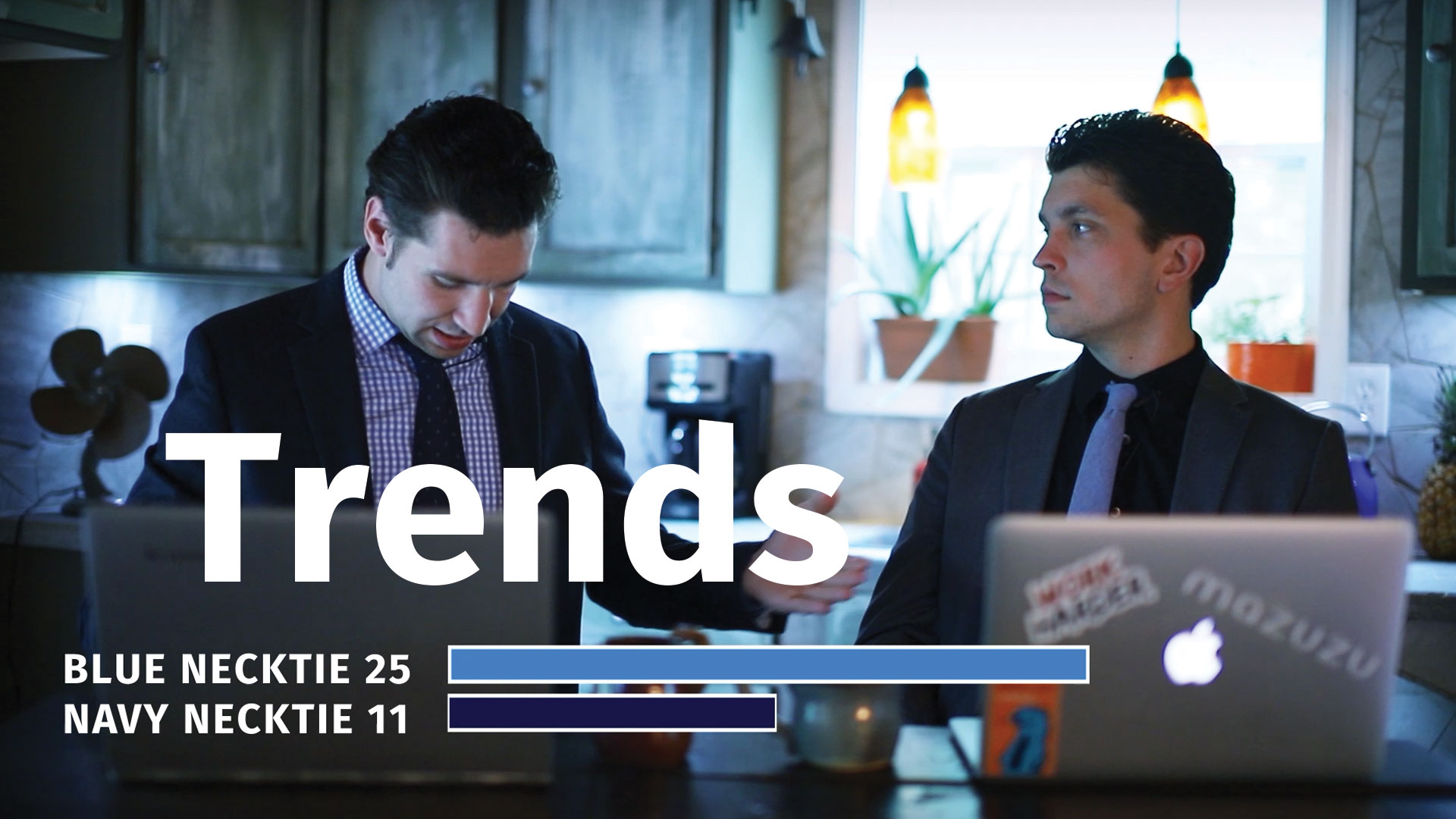
Google Trends - The Universally Helpful Tool
A closer lookDo you know what your audience is doing? Spotting attention, knowing where people are focused, being in touch with current trends is important and yet so easily overlooked and misinterpreted. Without some general knowledge of where interest falls, we are flying blind and simply hoping for the best. Most online businesses use the traffic stats of their own website to gain insight into what people want and where they lose interest, but in the best case of a large company this is working within the bubble of a small data set, and when launching a new company or product this simply isn’t an option.
Read More

Why it is a good idea to plan and build (web) software in stages
A closer lookIt is natural to approach a new project with the finish line in your sights, and in our experience that always leads to wasted money and time. We always recommend a modular build strategy where features are split into different development phases. Why? Let’s take a look at the top 4 modular strategy advantages.
Unforeseen options. During the design process it is inevitable that there will be changes in features, specifications, and even sometimes products themselves—it is difficult to anticipate every possible outcome and useful to be able to change gears without undoing hours of project management and product scope.
Read More

Nonverbal Communication - Why feet are usually honest
Polygraph Side ChatsDuring childhood we are taught to mask our feelings to be polite and socially graceful. Our facial expressions, voice tone, arms, hands are just a few of the things we quickly learn to control. Feet motion, however, is usually not something that a parent would correct and thus we rarely learn to control our feet and their various forms of expression.
Entire volumes could be written on the body language of feet, but let’s keep it to three interesting ways feet express how people really feel.
Read More

Nonverbal Communication - Why feet are usually honest
Polygraph Side ChatsDuring childhood we are taught to mask our feelings to be polite and socially graceful. Our facial expressions, voice tone, arms, hands are just a few of the things we quickly learn to control. Feet motion, however, is usually not something that a parent would correct and thus we rarely learn to control our feet and their various forms of expression.
Entire volumes could be written on the body language of feet, but let’s keep it to three interesting ways feet express how people really feel.
Read More
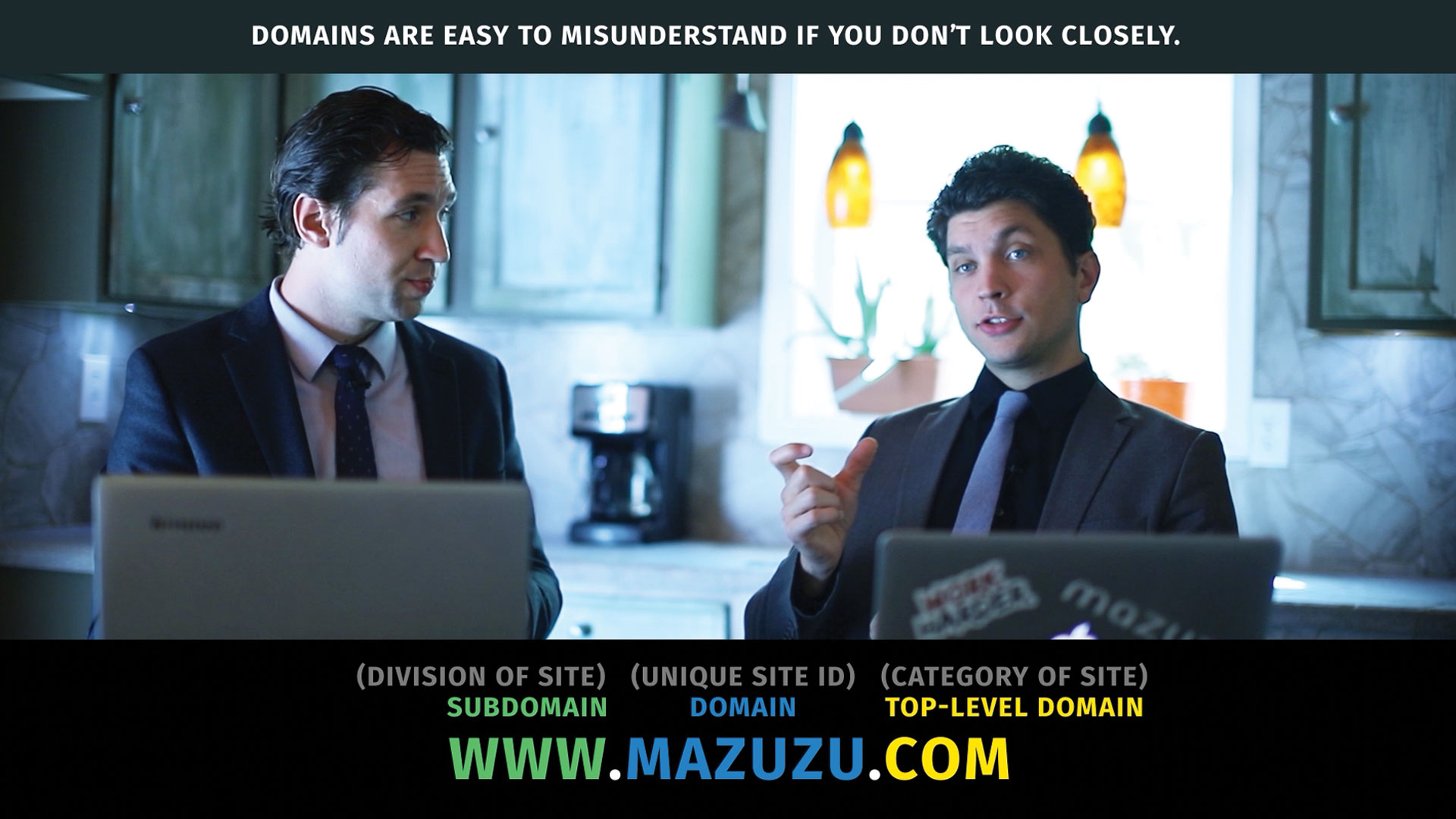
Email phishing: why clicking links is a bad idea
A closer lookEveryone knows you have to be careful with links sent via email, but most people don’t know exactly why. Let’s take a closer look.
First, it’s important to know that it is still relatively easy to make an email appear to come from someone else. This is called spoofing, and allows unscrupulous people to send an email that appears to come from your bank, your credit card, your web host, or anywhere else.
Read More
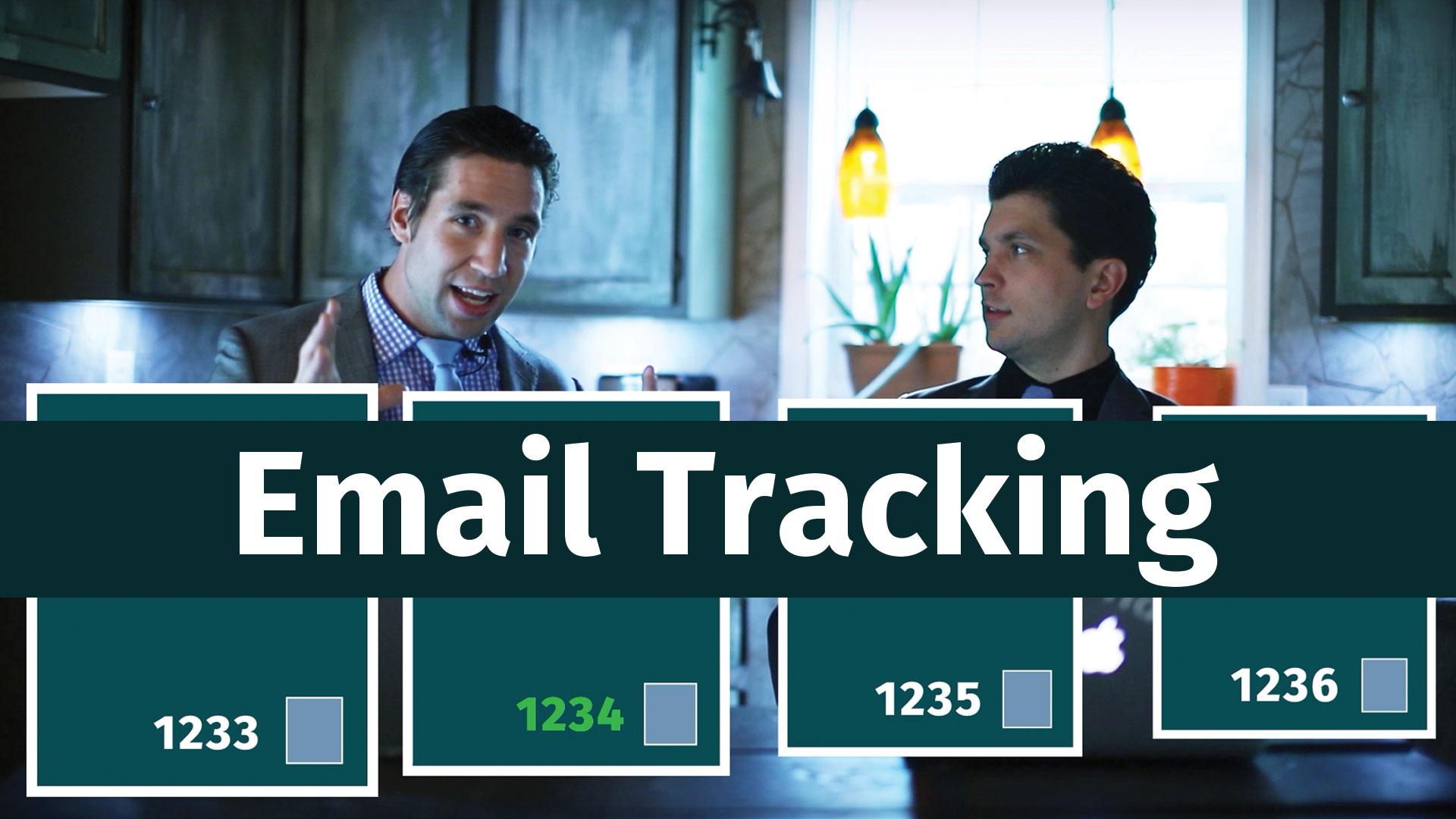
Email tracking - How it works and why it isn’t always reliable
A closer lookEmail tracking, or sometimes called pixel tracking, is a way to determine if someone has read an email after you have sent it. Once sent, an email is delivered to servers which you have no access to, making it difficult to determine when it is opened. There’s a solution though: using remote content, usually a small 1px by 1px transparent image. These images are tiny and clear so they don’t get in the way.
But what good does a tiny invisible image do? The answer is beautifully simple. It acts as a link back to a server to which you have access. When email newsletters are sent, an image with a unique ID is added to each individual email. Example: The email sent to Zakk may have an ID of 1234. Now whenever the server gets a request for image 1234, we can tell that Zakk has opened his email.
Read More
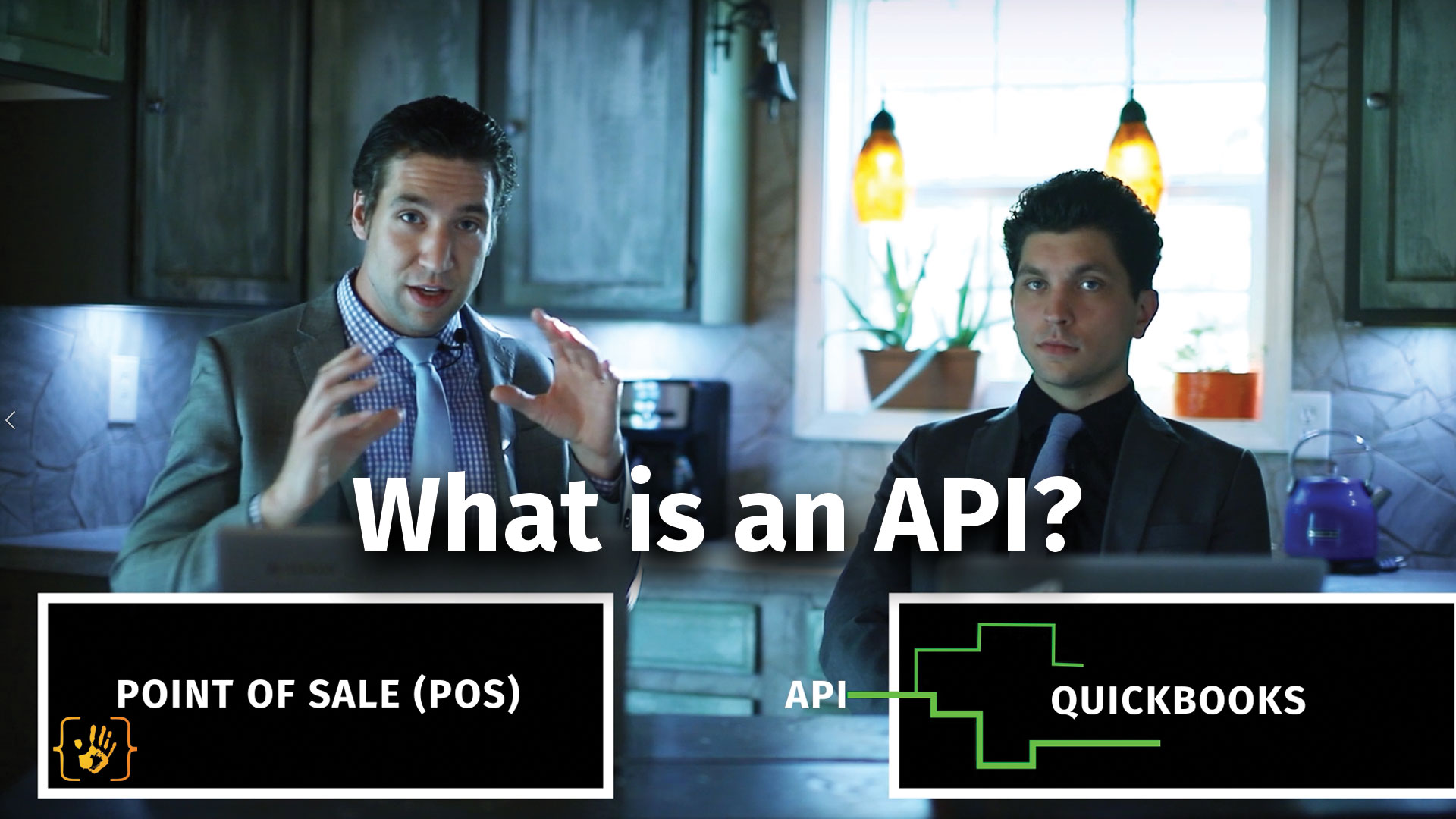
What is an API? (And why is it needed?)
A closer lookAn API, or Application Programming Interface, is an interface to a software system designed to allow access from another system. In other words, a computer talking to a computer. A great human analogy would be you as a Point Of Sale software system, and a county records office as Quickbooks. If you go looking for a record of something the clerk at the front desk will ask who you are and why you need it. The clerk here is similar to an API, and the inquiry about who you are would be authentication. Once this step is passed successfully a request is made and the records clerk (API) would then find your file and bring it back to you. Note how you never access the complete file system, but instead ask the clerk to retrieve or store the information for you. They are the interface to a much larger system and all information passes through them with strict rules.
Read More
- Page One
- Page Two

